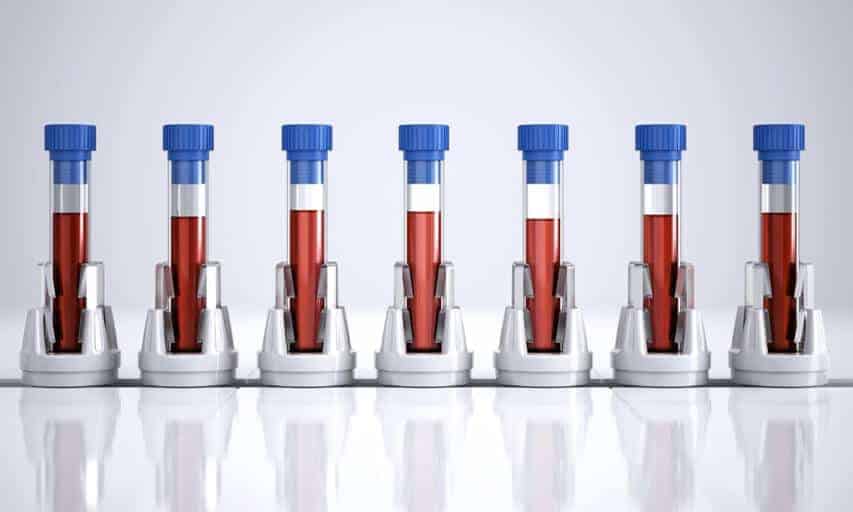In a review article publishing this week in JAMA Internal Medicine, physicians at Johns Hopkins, along with experts from several other institutions across north America, compiled published evidence and crafted an experience-based quality improvement blueprint to reduce repetitive lab testing for hospitalized patients.
Repeated blood draws for such tests can lead to hospital-acquired anemia and other complications. This is the second paper co-authored by residents and faculty from the High Value Practice Academic Alliance, a consortium of nearly 90 academic medical centers collaborating to improve health care quality and safety by reducing unnecessary components of practice that do not add value to patient care.
“Excessive blood draws can deplete a patient’s hemoglobin count, which often leads to repeat testing,” says Kevin Eaton, M.D., a third-year internal medicine resident at The Johns Hopkins Hospital. Others have estimated that nearly 20 percent of hospitalized patients can develop moderate to severe hospital-acquired anemia. This spiral, he and his co-authors assert, can generate additional unnecessary tests, interventions and costs for the patient. Moreover, says the authors, published studies show that decreasing repetitive daily laboratory testing did not result in missed diagnoses or increase the number of readmissions to the hospital.
Citing individual studies where front-line health care workers reduced the number of orders for lab tests by anywhere between 8 percent and 19 percent, the authors reported that cost savings have ranged from $600,000 to more than $2 million per year. Says Eaton, while many professional societies have recommended reducing repetitive lab tests, recommendations alone typically do not change behavior. The most successful efforts to reduce daily lab testing in this review included a combination of educating health care providers about charges, obtaining feedback by showing providers’ ordering habits and changing clinical workflow to restrict automated repeat ordering of tests.
The recommendations are as follows:
1. Design hospital-wide educational initiatives backed by data to collectively outline and standardize best practice.
2. Establish target numbers by which to reduce lab test ordering and provide instant feedback to those ordering tests to show their personal ordering patterns, so they are aware of their own behavior with respect to agreed-upon standards.
3. Reprogram the electronic systems used to order tests to restrict the number of “pre-ordered” tests with an eye on having better reasons to order tests than just doing so daily.
“Reducing unnecessary daily inpatient laboratory testing is only one small improvement, but doing so successfully can help change the culture of health care providers to be more keenly focused on thoughtful ordering and prescribing for their patients,” says Pam Johnson, M.D., associate professor of radiology, who was not involved in this study. Says Johnson, who leads the High Value Practice Academic Alliance, “improving patient safety and patient outcomes are the goals here, and an additional benefit to reducing the number of unnecessary diagnostics is also a reduction in the financial burden to the patient.”
If our reporting has informed or inspired you, please consider making a donation. Every contribution, no matter the size, empowers us to continue delivering accurate, engaging, and trustworthy science and medical news. Independent journalism requires time, effort, and resources—your support ensures we can keep uncovering the stories that matter most to you.
Join us in making knowledge accessible and impactful. Thank you for standing with us!

